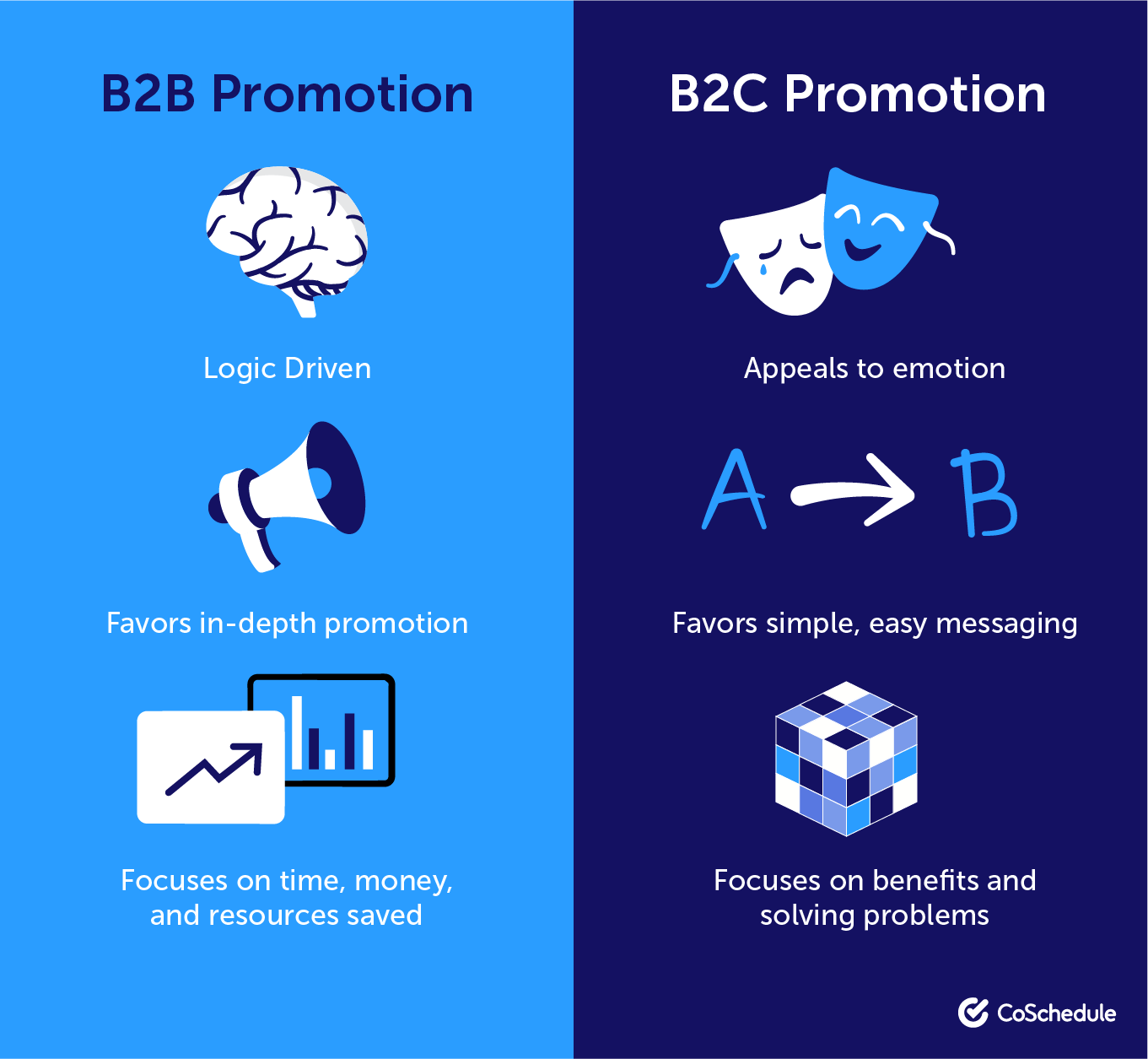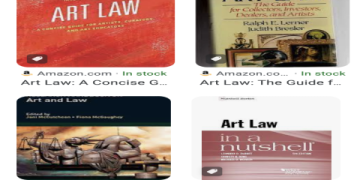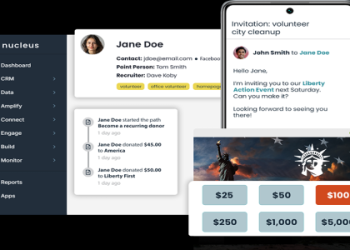My Headache Trying to “Get” B2B Marketing Stuff
Man, I spent like three whole days just staring at my screen feeling totally lost. You know the feeling, right? Trying to find those actual good B2B marketing campaign examples out there felt impossible. Everything I found was either super boring, clearly fake “here’s the ideal scenario” crap, or just companies bragging without showing how they did it. Like, okay cool, you generated leads… HOW?
Okay, Time to Actually Dig (And Drown in Info)
Got tired of the fluff. Decided to just pick a few companies people kinda whisper about doing “smart” marketing and started digging, like really digging. Didn’t care about big names, cared about stuff that looked… real.
- First Target: Found this company that makes fancy software for warehouses. Their campaign? Wasn’t about their software features AT ALL. Nope. They made this stupid simple calculator tool – “How Much $$ You’re Losing On Stuck Inventory?” Just put in your warehouse size, typical items, etc. BOOM, a scary dollar figure pops up.
- Second Target: This company sells security stuff for computer systems. Saw they were doing a “podcast,” but it was just their engineers talking to OTHER engineers at big companies about the security stuff that keeps them up at night. Not pushing their product, just talking problems.
- Third Target: Noticed an email service provider used this super basic email series. Subject lines like “Yeah, we messed up too.” Opened one because… curiosity. It was just short stories about email campaigns that totally bombed, owned up to it, and said “Here’s what we learned the hard way.”
Was drowning in data sheets and whitepapers I saved “just in case,” felt super overwhelmed, gotta be honest.

The “Oh, Duh” Moment That Wasn’t Fancy At All
Sitting there surrounded by my mess, it hit me like a ton of bricks. All these things that actually seemed to grab attention and get people talking/clicking/sharing? They weren’t really “marketing campaigns” in the flashy way I pictured. They were:
- Solving a Real, Tiny Part of a Big Pain: That inventory calculator wasn’t selling software, it was pointing out a super specific, measurable pain point the buyer felt daily. Gave instant “Oh crap, I DO have that problem” value.
- Human Voices Talking Human Problems: The podcast wasn’t slick sales pitches. It was tech folks commiserating about real-world nightmares. Felt honest and built trust before the product ever got mentioned.
- Being Honest and Vulnerable: The “we messed up” emails. Admitting failure? In marketing? Seems nuts. But it cut through the BS. People believed them because it felt real. It showed they understood the buyer’s world wasn’t perfect.
Felt kinda dumb realizing the answer wasn’t some complex strategy I’d magically missed.
My Tiny Attempt (That Actually Worked)
Right, enough theory. Decided to test this “less is more, be useful” thing myself on a dumb scale. I help people organize their home offices. Instead of the usual “10 Tips for Tidy Desks!” crap…
- I made one single image. A super cluttered, messy desk photo (like, REALLY bad). Title: “The 3 Most Expensive Things Hiding in Your Home Office Chaos“.
- Bullet points underneath: Wasted time (showing how much per hour), frustration tax (research stats on stress), missed opportunities (examples of lost files delaying projects).
- That’s it. One image. Posted it in a couple relevant groups and communities.
The response? Shocked me. WAY more comments and shares than anything fancy I’d done. Why? Because people saw their OWN mess, felt that problem viscerally, and the “cost” angle was new. They weren’t asking “How do you help?”, they were asking “Okay, HOW do I fix THIS bit?”. That’s the entry point.
It proved my messy digging was onto something. Finding good B2B examples isn’t about finding fireworks, it’s about finding someone who hands you a magnifying glass to see your own problems clearly, or just shares some genuine experience. That stuff works. Gotta keep looking for more of THAT.





















